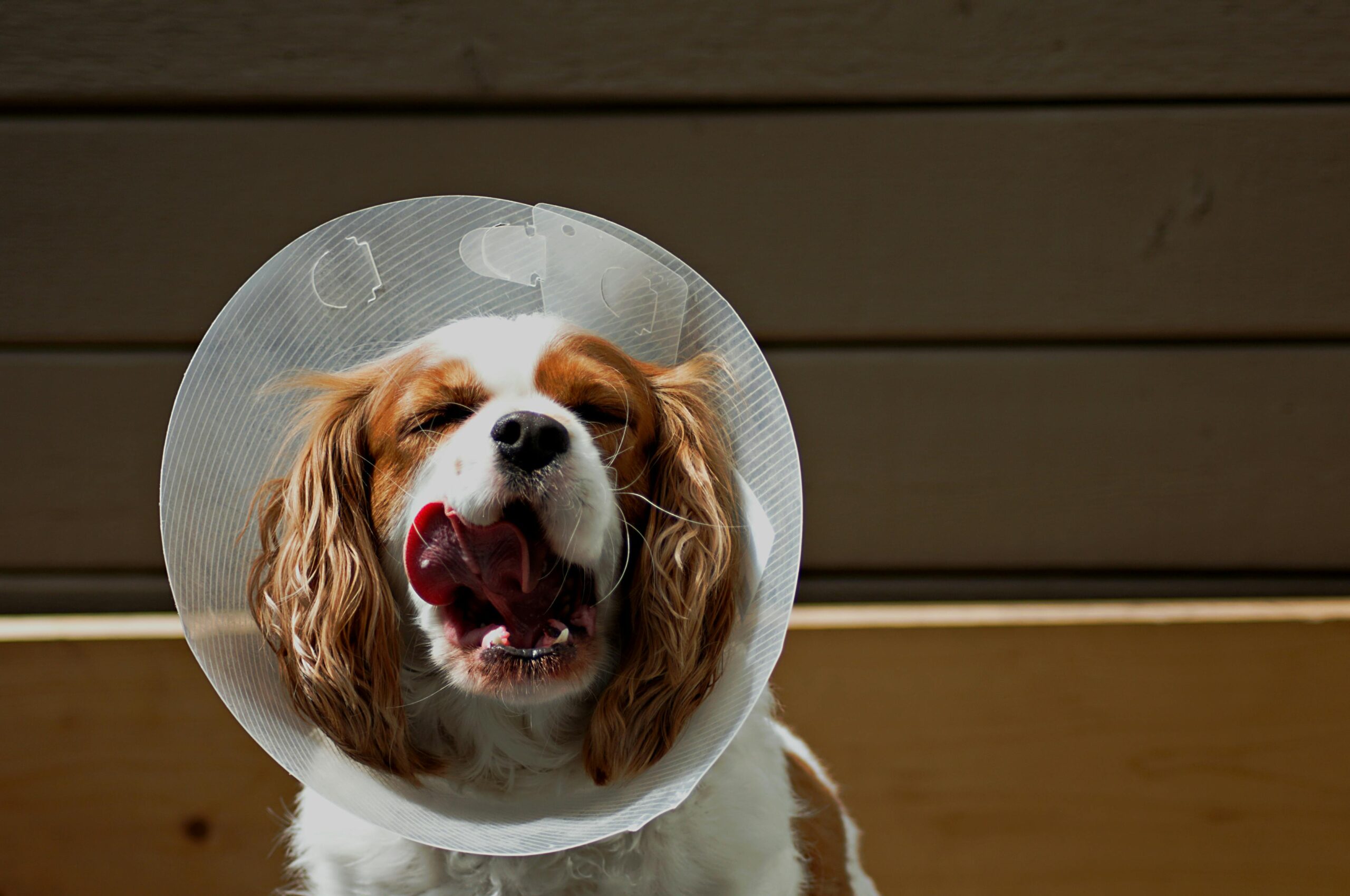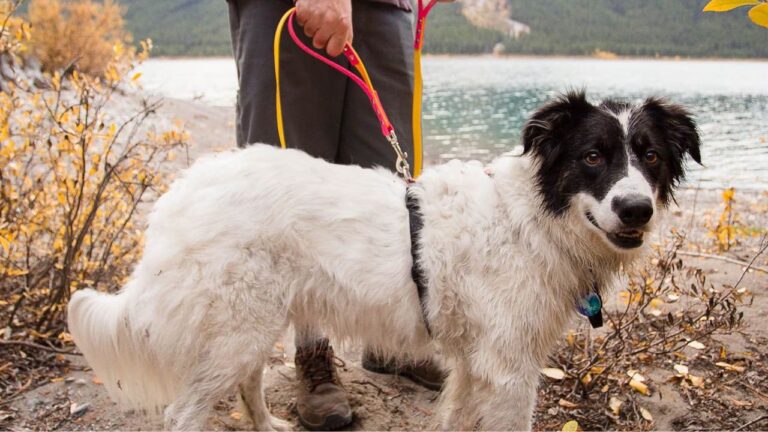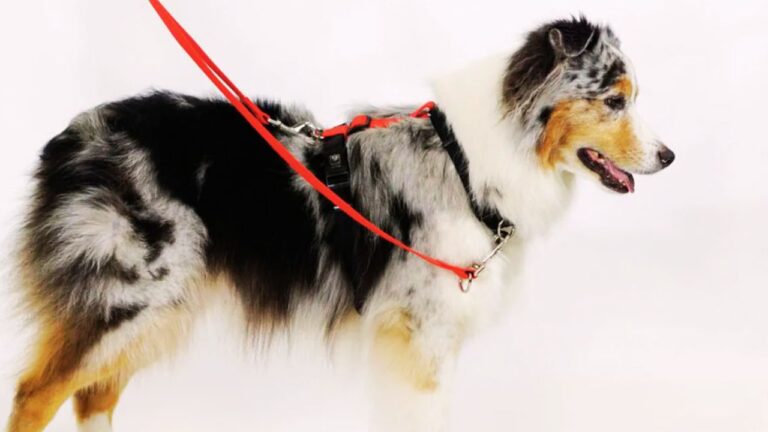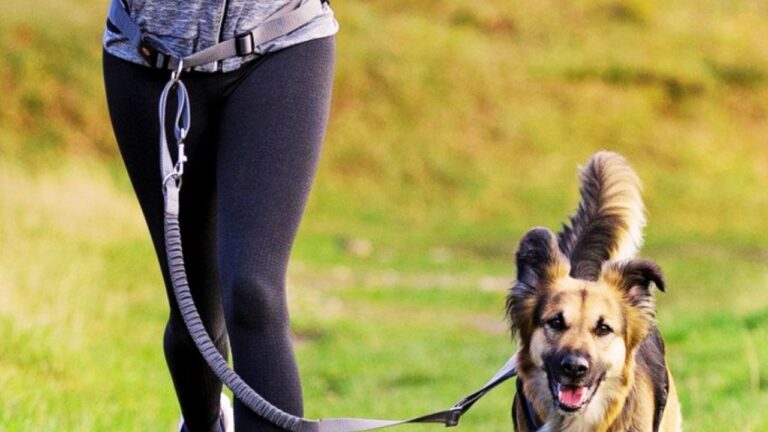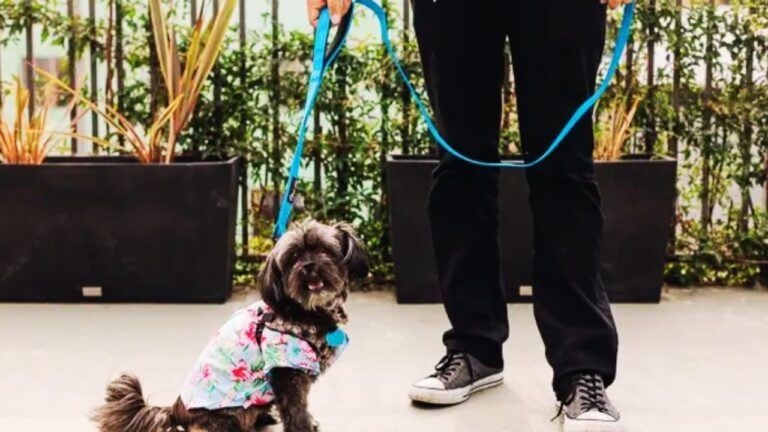When your pet undergoes a medical procedure, suffers an injury, or is diagnosed with a skin condition, a protective collar like the Vet One Clinic Collar can be crucial for their recovery. These collars are designed to prevent pets from licking, biting, or scratching at wounds, ensuring proper healing and minimizing the risk of infection.
Find out what color collar looks best on a Rottweiler to complement their bold appearance and highlight their unique features.
One key element in ensuring the collar is effective and comfortable is selecting the correct vet one clinic collar sizes. Vet One Clinic Collars come in different sizes, each designed to fit specific breeds and neck sizes.
We will walk you through the various sizes of Vet One Clinic Collars, explain how to measure your pet correctly, and provide tips on choosing the best collar for your pet’s needs.
Blog Highlights
ToggleWhat is the Vet One Clinic Collar?
The Vet One Clinic Collar is a protective, rigid collar designed to prevent pets from licking or biting their wounds. Unlike soft collars, the Vet One Clinic Collar is made from durable plastic and features a traditional woven assembly that provides maximum protection. It’s commonly used after surgery, for skin conditions, or to protect stitches or wounds.

These collars are made to be worn around your pet’s neck and have a rigid design that ensures your pet cannot access the affected area. Although these collars are essential for recovery, they also need to be comfortable and the right fit for the pet. Learn how to put a collar on a Husky with these practical tips.
Here’s a quick sizing guide:
| Size | Collar Depth (cm) | Collar Depth (inches) | Neck Circumference (inches) | Neck Circumference (cm) |
| 1 | 7.5 | 3.0 | 8 ¾” to 10 1/8” | 22.2 to 25.7 |
| 2 | 10.0 | 4.0 | 9” to 10 ¼” | 22.9 to 26 |
| 3 | 12.5 | 5.0 | 11” to 12 ¼” | 28 to 31.1 |
| 4 | 14.0 | 5.5 | 13” to 14 ¼” | 33 to 36.2 |
| 5 | 17.0 | 6.5 | 14 ¼” to 16” | 36.2 to 40.6 |
| 6 | 20.0 | 8.0 | 16” to 17 ¼” | 40.6 to 43.8 |
| 7 | 24.0 | 9.5 | 17” to 18 ¾” | 43.2 to 47.6 |
| 8 | 30.0 | 12.0 | 18 ¼” to 22 ¾” | 46.4 to 58 |
Types of Vet One Clinic Collars
The Vet One Clinic Collars are available in various sizes to suit different breeds and sizes of pets. These collars have been designed to provide a balance between comfort and functionality. They are made with an ultra-clear material, so they allow your pet to see clearly, reducing their stress and improving their overall comfort. Here’s a video guide:
The sizes available in the Vet One Clinic Collar lineup include options for small, medium, large, and extra-large pets. These collars are generally measured by their circumference, which ensures that they fit snugly around the pet’s neck without being too tight. Learn what size collar for a Rottweiler is ideal by following this detailed guide to ensure a perfect fit for your dog’s comfort and safety.
Key Features of Vet One Clinic Collars:
- Durable and Rigid Design: Provides maximum protection to wounds or stitches.
- Clear, Wide Opening: Allows pets to see through the collar, reducing stress and confusion.
- Comfortable Fit: Designed to prevent licking, biting, or scratching without restricting breathing or eating.
Vet One Clinic Collar Sizes: A Detailed Overview
Choosing the right vet one clinic collar sizes for your pet is essential for the collar to serve its purpose. The Vet One Clinic Collar comes in several sizes that accommodate a wide range of neck circumferences. Below is a breakdown of each size, along with its corresponding neck measurements.

Small Collar Sizes
- Size 1 (7.5 cm / 3 inches deep)
- Circumference: 8 ¾” to 10 1/8”
- This size is ideal for small pets like puppies or small-breed dogs, such as Chihuahuas or Yorkshire Terriers. The shallow depth allows these smaller pets to move comfortably without feeling overwhelmed by the collar.
- Size 2 (10 cm / 4 inches deep)
- Circumference: 9” to 10 ¼”
- The Size 2 collar is a good option for slightly larger small dogs or cats. This collar provides a slightly deeper design to ensure that the pet cannot reach their wounds, while still allowing them enough mobility and comfort.
Medium Collar Sizes
- Size 3 (12.5 cm / 5 inches deep)
- Circumference: 11” to 12 ¼”
- Medium-sized dogs or larger cats, such as Beagles, Bulldogs, or Ragdoll cats, will benefit from this collar size. The depth is still manageable, but the width allows for more protection without restricting vision.
- Size 4 (14 cm / 5.5 inches deep)
- Circumference: 13” to 14 ¼”
- The Size 4 collar fits medium-sized dogs, such as Cocker Spaniels or Cavalier King Charles Spaniels. It is large enough to prevent them from reaching their wounds, while still comfortable for them to wear for extended periods.
Large Collar Sizes
- Size 5 (17 cm / 6.5 inches deep)
- Circumference: 14 ¼” to 16”
- Size 5 is suitable for large dogs such as Labrador Retrievers, Boxers, and Golden Retrievers. It provides adequate coverage for the neck and wound area, helping to prevent scratching or biting while allowing them to maintain some movement.
- Size 6 (20 cm / 8 inches deep)
- Circumference: 16” to 17 ¼”
- The Size 6 collar is ideal for very large breeds such as German Shepherds, Great Danes, and Rottweilers. It’s designed to be more substantial, providing extensive protection while still being comfortable for your pet to wear during recovery.
Extra-Large Collar Sizes
- Size 7 (24 cm / 9.5 inches deep)
- Circumference: 17” to 18 ¾”
- Extra-large dogs, such as Mastiffs or Saint Bernards, will need this larger collar size. This size ensures that even the biggest of dogs cannot interfere with their healing process.
- Size 8 (30 cm / 12 inches deep)
- Circumference: 18 ¼” to 22 ¾”
- The largest collar, Size 8, is perfect for giant breeds or pets with exceptionally large necks. This collar offers a substantial depth to prevent access to the wound and is designed to fit even the most massive dog breeds comfortably.
How to Measure Your Pet for the Vet One Clinic Collar
Accurate measurements are crucial to selecting the correct size collar. Here’s a simple guide on how to measure your pet’s neck:

- Use a Soft Measuring Tape: A flexible measuring tape is ideal for getting accurate measurements around your pet’s neck. If you don’t have one, a piece of string or a ribbon can work, but make sure it’s marked against a ruler for precise measurement.
- Measure the Neck Circumference: Wrap the measuring tape snugly around your pet’s neck, just below the ears and around the base of the skull. Ensure that it’s not too tight, but also not too loose. It should be snug enough that you can fit only one or two fingers between the tape and your pet’s neck.
- Choose the Appropriate Size: Once you’ve taken the measurement, compare it to the size chart provided. Select the collar that closely matches your pet’s neck circumference. If you’re in between sizes, choose the larger option to ensure comfort.
You can learn whether Dachshunds need special collars and find expert recommendations in this article: Do Dachshunds Need Special Collars.
How to Put On and Adjust the Vet One Clinic Collar
Once you’ve selected the appropriate size, it’s important to know how to put the collar on your pet correctly:

- Gently Position the Collar: Place the collar around your pet’s neck, making sure the opening is facing outward. For a more comfortable fit, adjust the collar so that the wider portion sits at the back of the neck.
- Adjust the Fit: The collar should fit snugly around your pet’s neck, but it shouldn’t be too tight. Ensure that you can easily slide one or two fingers between the collar and your pet’s neck.
- Secure the Collar: Most Vet One Clinic Collars come with an adjustable strap that allows you to tighten or loosen the fit. Secure the collar in place, but avoid making it too tight. Make sure your pet can still eat, drink, and breathe easily while wearing the collar.
- Check for Comfort: Monitor your pet during the first few hours of wearing the collar. They may seem a bit clumsy at first, but most pets adjust after a short period. Make sure they can still move freely and comfortably.
To decide whether a collar or harness is best for your Dachshund, check out this helpful guide: What is Best for Dachshund Collar or Harness.
Tips for Ensuring Comfort During Recovery
- Gradual Adjustment: Some pets may need time to get used to wearing the collar. Be patient and give them time to adjust.
- Feeding and Drinking: If your pet is having difficulty eating or drinking with the collar, try using a shallow bowl or remove the collar briefly under supervision.
- Monitor Behavior: Keep an eye on your pet to make sure they’re not attempting to remove the collar or getting frustrated.
- Consult Your Veterinarian: If the collar seems uncomfortable or if your pet is having trouble adjusting, consult your veterinarian for advice on alternative collars or further adjustments.
Wrapping Up
Choosing the correct vet one clinic collar sizes is essential for ensuring your pet’s comfort and safety during their recovery. By measuring your pet’s neck accurately and selecting the right size, you can ensure that the collar provides the protection needed to help them heal properly. Be patient and attentive during the adjustment period, and soon enough, your pet will be on the road to recovery. Discover the best collars for Siberian Huskies for both style and comfort.
With the right care and attention, the Vet One Clinic Collar can be a valuable tool in your pet’s healing journey. Whether they are recovering from surgery, an injury, or a skin condition, this collar will help keep them safe and comfortable until they’re fully healed.

